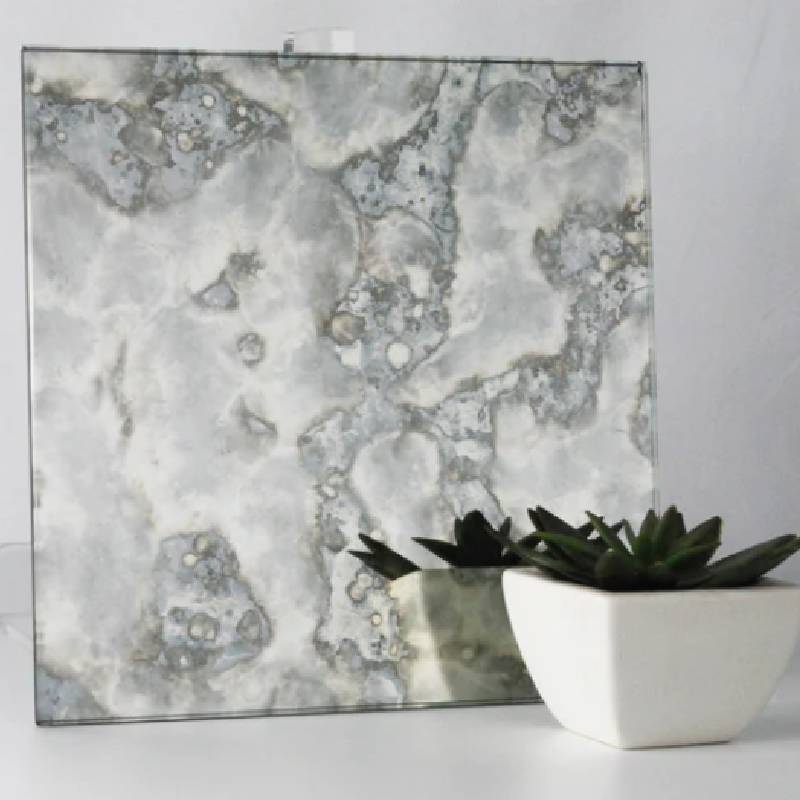Float Glass Designs A Fusion of Functionality and Aesthetics
Float glass, a remarkable invention in glass manufacturing, has transformed the architectural and design landscape over the past few decades. The process involves floating molten glass on top of molten tin, creating a smooth, flat surface that is virtually flawless. This innovative technique has paved the way for various applications, from windows to sophisticated art pieces, making float glass a favored choice for designers and architects alike.
Float Glass Designs A Fusion of Functionality and Aesthetics
Moreover, float glass can be treated to achieve different textures and patterns. Etched or frosted glass offers a level of privacy while still allowing light to penetrate, making it ideal for bathrooms and office partitions. Additionally, colored float glass brings an artistic dimension to spaces, allowing designers to incorporate vibrant hues that can invigorate a room or harmonize with its surroundings. Textured finishes, such as rain or ripple effects, can transform ordinary glass into an eye-catching feature, adding depth and intrigue to the overall design.
float glass designs
In recent years, there has been an increased focus on sustainability in design. Float glass is inherently recyclable, and manufacturers are continuously developing methods to produce it with lower energy consumption. This eco-conscious approach has led to innovative designs that not only meet aesthetic demands but also minimize environmental impact. For example, the integration of float glass in green building practices allows for maximum natural daylighting while providing thermal insulation, reducing the need for artificial lighting and climate control.
Another fascinating aspect of float glass design is its application in art installations and furniture. Artists and designers are increasingly exploring how glass can be manipulated and combined with other materials. Sculptural pieces made from layered or fused float glass can turn ordinary spaces into extraordinary environments. Glass furniture, such as tables and shelves, showcases the elegance of float glass while providing a contemporary feel to interiors.
The architectural industry also benefits from float glass in terms of structural integrity. With advancements in tempered and laminated float glass, designers are able to create larger glass panels that provide safety without compromising aesthetic appeal. Such advancements allow for innovative designs, like glass bridges or atriums that merge functionality with striking visual impact.
In conclusion, float glass designs exemplify a harmonious blend of functionality and aesthetics. With its exceptional clarity, versatility in textures and colors, and eco-friendly production methods, float glass continues to inspire architects and designers worldwide. As we move toward a future that prioritizes sustainability and innovation, float glass will undoubtedly play a pivotal role in shaping the environments we inhabit, leaving an indelible mark on the landscape of design.
 Afrikaans
Afrikaans  Albanian
Albanian  Amharic
Amharic  Arabic
Arabic  Armenian
Armenian  Azerbaijani
Azerbaijani  Basque
Basque  Belarusian
Belarusian  Bengali
Bengali  Bosnian
Bosnian  Bulgarian
Bulgarian  Catalan
Catalan  Cebuano
Cebuano  Corsican
Corsican  Croatian
Croatian  Czech
Czech  Danish
Danish  Dutch
Dutch  English
English  Esperanto
Esperanto  Estonian
Estonian  Finnish
Finnish  French
French  Frisian
Frisian  Galician
Galician  Georgian
Georgian  German
German  Greek
Greek  Gujarati
Gujarati  Haitian Creole
Haitian Creole  hausa
hausa  hawaiian
hawaiian  Hebrew
Hebrew  Hindi
Hindi  Miao
Miao  Hungarian
Hungarian  Icelandic
Icelandic  igbo
igbo  Indonesian
Indonesian  irish
irish  Italian
Italian  Japanese
Japanese  Javanese
Javanese  Kannada
Kannada  kazakh
kazakh  Khmer
Khmer  Rwandese
Rwandese  Korean
Korean  Kurdish
Kurdish  Kyrgyz
Kyrgyz  Lao
Lao  Latin
Latin  Latvian
Latvian  Lithuanian
Lithuanian  Luxembourgish
Luxembourgish  Macedonian
Macedonian  Malgashi
Malgashi  Malay
Malay  Malayalam
Malayalam  Maltese
Maltese  Maori
Maori  Marathi
Marathi  Mongolian
Mongolian  Myanmar
Myanmar  Nepali
Nepali  Norwegian
Norwegian  Norwegian
Norwegian  Occitan
Occitan  Pashto
Pashto  Persian
Persian  Polish
Polish  Portuguese
Portuguese  Punjabi
Punjabi  Romanian
Romanian  Russian
Russian  Samoan
Samoan  Scottish Gaelic
Scottish Gaelic  Serbian
Serbian  Sesotho
Sesotho  Shona
Shona  Sindhi
Sindhi  Sinhala
Sinhala  Slovak
Slovak  Slovenian
Slovenian  Somali
Somali  Spanish
Spanish  Sundanese
Sundanese  Swahili
Swahili  Swedish
Swedish  Tagalog
Tagalog  Tajik
Tajik  Tamil
Tamil  Tatar
Tatar  Telugu
Telugu  Thai
Thai  Turkish
Turkish  Turkmen
Turkmen  Ukrainian
Ukrainian  Urdu
Urdu  Uighur
Uighur  Uzbek
Uzbek  Vietnamese
Vietnamese  Welsh
Welsh  Bantu
Bantu  Yiddish
Yiddish  Yoruba
Yoruba  Zulu
Zulu 

